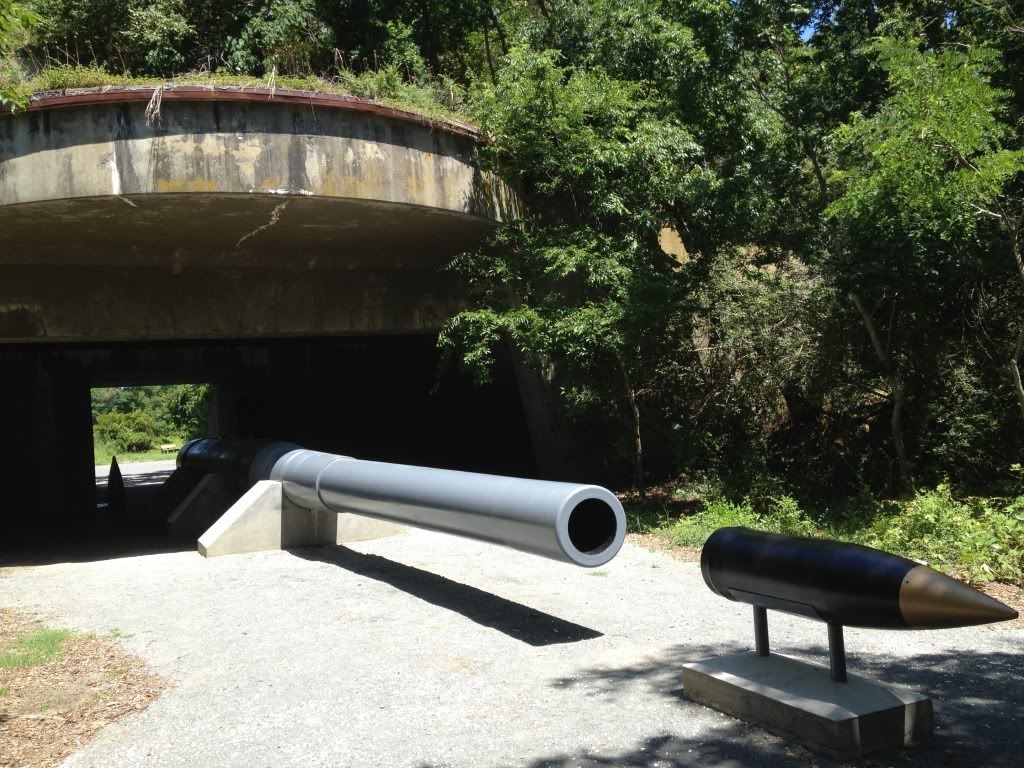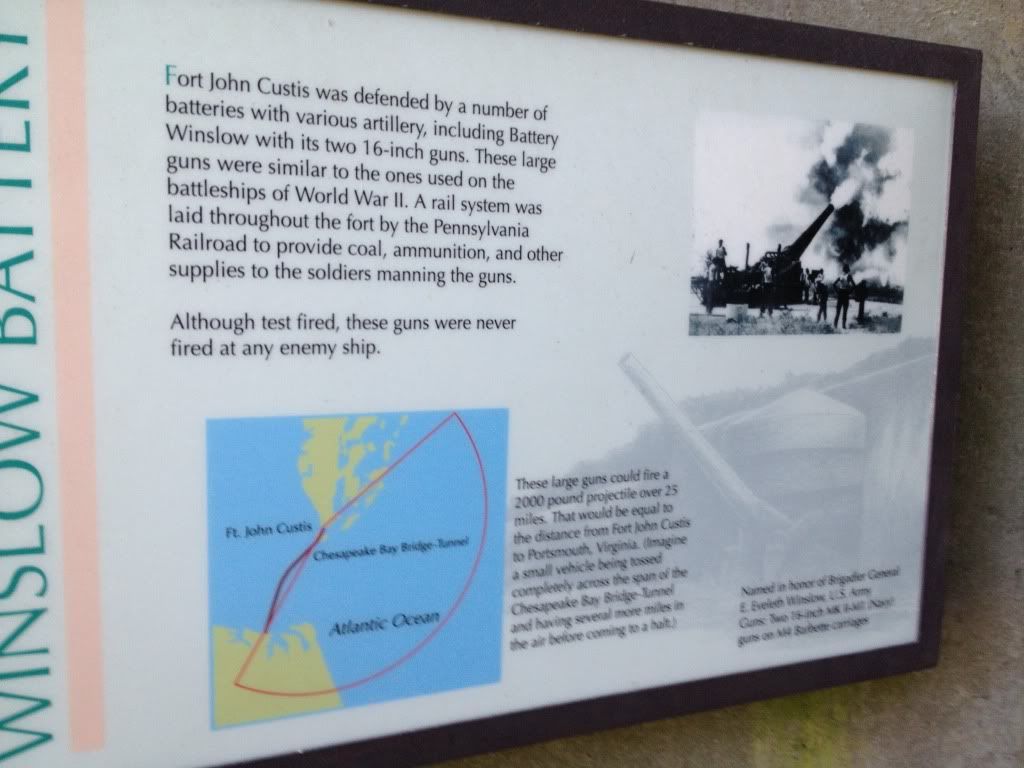At the museum, there is a very nice display about these guns including movies of their being fired (see the you-tube videos above). Baldwin and the Navy put these guns together in less than three months, shipped them and had them in operation in another three months. Six to nine months to deploy into operation a new weapons system! Given that the Navy had the experience because they had dozens in operation on ships that weren't involved in the war, it makes sense they got the job.
The large guns were a key weapon in the trench warfare of WWI. At the site of operation, track was laid in a curve; direction of fire was controlled by moving the gun along the track, but the cannon could be trained a few degrees within the mount for fine control. Once sited along the curve, crews had to dig a pit between the rails for the breech to recoil into when it fired. As suggested in the movie, each battery of guns was really a mobile team that was self-contained on a number of trains that contained crew quarters, supplies, etc..
I believe there are three rail guns in the US, the one at the Naval museum, there is a gun at Dalgren that is apparently is storage that was last used in the 1960's to test missile warheads. There is a German gun that was assembled from parts from the famous Anizo Annie guns from WWII. This gun, named "Leopold" was on display at Aberdeen Proving ground for many years (where it was tested after the war). It was recently moved to Virginia where the Army's museum is being moved too. The barrel for Leopold was moved by NS about two years ago.
More recently, a number of 16-inch gun barrels were moved from Dalgren when they were surplussed to various museums. At least one of these moved by rail/car float to Delaware.
OT: the museum in DC, is a real treasure. My favorite artifacts include pieces of a Japanese Zero that was shot down at Pearl Harbor and a piece of armor that was meant for a Yamato class (18-inch guns) battleship that was tested after the war. It has a hole punched in it from an American 16-inch gun.
Bob
















